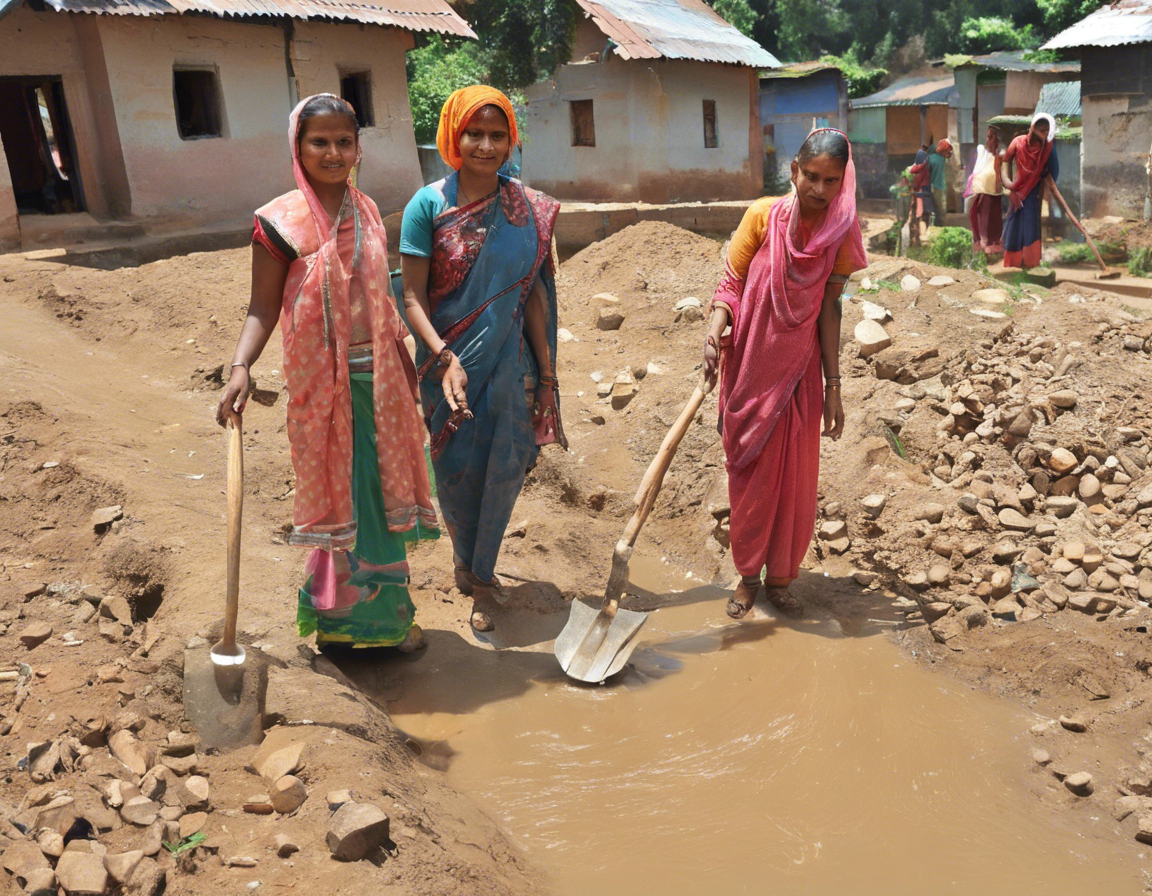Tracking the Status of Mahtari Vandana Yojana

Introduction:
The Mahtari Vandana Yojana (MVD) is a crucial scheme introduced by the Government of India to provide financial assistance to pregnant and lactating women. The program aims to ensure that expectant mothers receive adequate nutrition and medical care during pregnancy and post-delivery. Monitoring the status of the Mahtari Vandana Yojana is essential to evaluate its effectiveness in supporting maternal health and reducing maternal and child mortality rates in India.
Current Status of Mahtari Vandana Yojana:
1. Implementation: The Mahtari Vandana Yojana was launched in October 2010 and is implemented by the Ministry of Women and Child Development in collaboration with the Ministry of Health and Family Welfare.
2. Coverage: The scheme covers pregnant and lactating women aged 19 years and above for the first two live births. It provides financial assistance in the form of conditional cash transfers to promote institutional deliveries and ensure better maternal and child health outcomes.
3. Objectives: The primary objectives of the Mahtari Vandana Yojana include reducing maternal and infant mortality rates, promoting institutional deliveries, and improving access to antenatal and postnatal care services.
4. Beneficiary Identification: Beneficiaries under the scheme are identified through the Mother-Child Protection (MCP) card, which is issued by Anganwadi workers at the grassroots level.
5. Cash Transfers: Eligible women receive cash incentives directly into their bank accounts to cover expenses related to antenatal care, institutional delivery, and postnatal care.
Challenges Faced in Tracking the Status of Mahtari Vandana Yojana:
1. Data Collection: Inadequate data collection mechanisms and lack of real-time data on beneficiary enrollment and disbursements pose challenges in tracking the status of the Mahtari Vandana Yojana.
2. Monitoring and Evaluation: Limited monitoring and evaluation mechanisms at the grassroots level hinder the assessment of the scheme’s impact on maternal and child health outcomes.
3. Implementation Issues: Irregularities in the implementation of the scheme, including delays in cash transfers and improper beneficiary targeting, affect the effectiveness of the Mahtari Vandana Yojana.
Strategies for Effective Monitoring of Mahtari Vandana Yojana:
1. Digital Platforms: Leveraging digital platforms and technology solutions for data collection, monitoring, and tracking of beneficiary enrollment and cash transfers.
2. Capacity Building: Providing training and capacity building support to Anganwadi workers and healthcare providers involved in the implementation of the Mahtari Vandana Yojana.
3. Strengthening Reporting Mechanisms: Establishing robust reporting mechanisms at the grassroots level to ensure timely and accurate data on the scheme’s performance and impact.
4. Community Engagement: Promoting community participation and feedback mechanisms to enhance transparency and accountability in the implementation of the Mahtari Vandana Yojana.
Frequently Asked Questions (FAQs) about Mahtari Vandana Yojana:
- Who is eligible to benefit from the Mahtari Vandana Yojana?
-
Pregnant and lactating women aged 19 years and above.
-
What are the primary objectives of the scheme?
-
The primary objectives include reducing maternal and infant mortality rates, promoting institutional deliveries, and improving maternal and child health outcomes.
-
How are beneficiaries identified under the Mahtari Vandana Yojana?
-
Beneficiaries are identified through the Mother-Child Protection (MCP) card issued by Anganwadi workers.
-
What types of financial assistance are provided under the scheme?
-
Cash incentives are provided for antenatal care, institutional delivery, and postnatal care.
-
How can the status of the Mahtari Vandana Yojana be tracked?
- The status can be tracked through monitoring data on beneficiary enrollment, cash transfers, and the scheme’s impact on maternal and child health outcomes.
In conclusion, monitoring the status of the Mahtari Vandana Yojana is crucial for assessing its effectiveness in improving maternal and child health outcomes in India. By addressing challenges in data collection, monitoring, and implementation, and implementing strategies for effective tracking, the government can ensure the successful implementation of the scheme and promote maternal well-being across the country.






